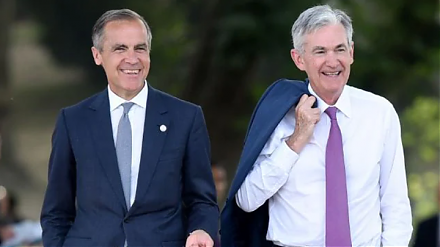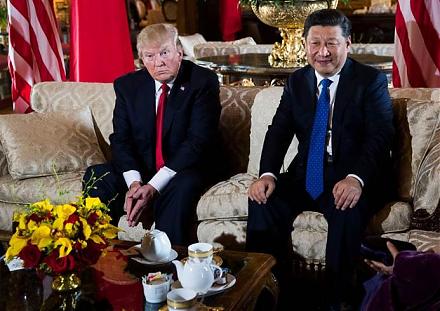

Home > Library > An empirical implementation of CreditGrades
Author Andy Yeh Alpha
This research article empirically implements the novel and non-obvious credit risk model CreditGrades.
Description:
We use the CreditGrades credit risk model to value credit default swap (CDS) spreads for public companies at the intersection of the S&P 100 index and Moody's Bottom Rung report for the global financial crisis period from 2007Q3 to 2009Q2. We implement this canonical credit risk model in accordance with the *CreditGrades technical document* jointly developed by Goldman Sachs, JP Morgan, Deutsche Bank, and RiskMetrics. Our empirical study focuses on the strengths and weaknesses of the chosen risk model by analyzing the main empirical results with several complementary statistical and qualitative tests for better triangulation.
2022-11-30 09:26:00 Wednesday ET

Climate change and ESG woke capitalism In recent times, the Biden administration has signed into law a $375 billion program to better balance the economi
2019-06-27 10:39:00 Thursday ET

Berkeley tax economists Gabriel Zucman and Emmanuel Saez find fresh insights into wealth inequality in America. Their latest estimates show that the top 0.1
2019-11-09 16:38:00 Saturday ET

Federal Reserve Chairman Jerome Powell indicates that the central bank would resume Treasury purchases to avoid turmoil in money markets. Powell indicates t
2019-10-23 15:39:00 Wednesday ET

American CEOs of about 200 corporations issue a joint statement in support of stakeholder value maximization. The Business Roundtable offers this statement
2017-03-21 09:37:00 Tuesday ET

Trump and Xi meet in the most important summit on earth this year. Trump has promised to retaliate against China's currency misalignment, steel trade
2023-11-28 11:35:00 Tuesday ET

David Colander and Craig Freedman argue that economics went wrong when there was no neoclassical firewall between economic theories and policy reforms. D